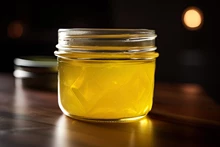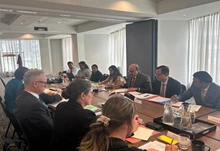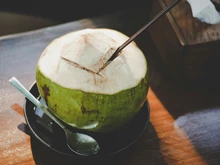
Keeping in mind the interests of sugarcane farmers (Ganna Kisan), the Cabinet Committee on Economic Affairs, chaired by Prime Minister Narendra Modi has increased the minimum price that mills have to pay to sugarcane farmers by Rs 15 to Rs 305/quintal for the 2022-23 marketing year starting October.
However, in order to protect the interests of sugarcane farmers, the government has decided that no deduction will be made in the case of sugar mills where recovery is less than 9.5 percent. In the upcoming sugar season 2022-23, such farmers will receive Rs. 282.125/qtl for sugarcane, up from Rs. 275.50/qtl in the current sugar season 2021-22.
For the sugar season 2022-23, the A2 + FL cost of sugarcane production (i.e. actual paid out cost plus imputed value of family labour) is Rs. 162/qtl. This FRP of Rs. 305/qtl at a recovery rate of 10.25 percent is 88.3 percent higher than the cost of production, ensuring the promise of giving farmers a return of more than 50% over their cost. The FRP for the 2022-23 sugar season is 2.6% higher than the current sugar season 2021-22.
Sugarcane cultivation and the sugar industry have come a long way in the last eight years, thanks to the Central Government's proactive policies, and have now reached a level of self-sustainability. This is the result of timely government interventions and collaboration with the sugar industry, state governments, various Central Government departments, and farmers. The following are notable measures implemented by the government in the sugar sector in recent years:
-
Sugarcane FRP is fixed to ensure sugarcane growers receive a guaranteed price.
-
In the last eight years, the government has increased FRP by more than 34%.
-
The government has also introduced the concept of Minimum Selling Price (MSP) of sugar to prevent a drop in ex-mill sugar prices and the accumulation of cane arrears (MSP was initially set at 29/kg with effect from 07-06-2018; revised to 31/kg with effect from 14-02-2019).
-
More than 18,000 crore in financial assistance was extended to sugar mills to facilitate sugar export, maintain buffer stocks, increase ethanol production capacity, and clear farmers' dues.
-
Sugar mills' financial conditions improved as surplus sugar was diverted for ethanol production. As a result, they are able to pay their cane dues ahead of schedule.
-
The sugar sector has become self-sustaining due to exports and sugar diversion to ethanol, and budgetary support for export and buffer are no longer required to improve mill liquidity.
Furthermore, as a result of various other measures taken for the Sugar Sector during the last few sugar seasons, such as the introduction of high-yielding sugarcane varieties, the adoption of drip irrigation systems, the modernization of sugar plants, and other R&D activities, the area of sugarcane cultivation, production of sugarcane, cane crushed, sugar production & its recovery percentage, and farmer payments have increased significantly.
(Inputs from PIB)










